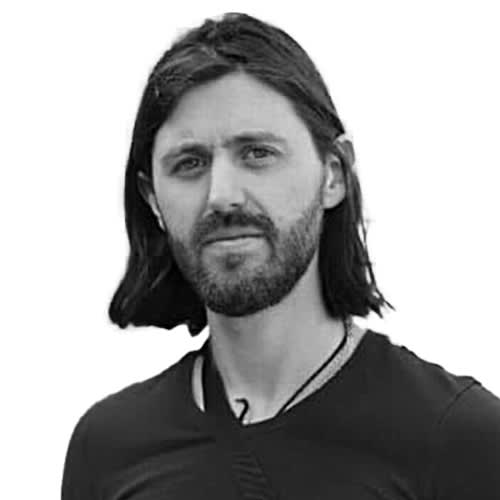Middle East
Mussa Qawasma/Reuters
Israel Accused of ‘Caging’ Palestinians Who Aren’t Even in Gaza
‘LIVING NIGHTMARE’
“We knew that we were going to be the ones punished for what Hamas had done,” one West Bank resident told The Daily Beast of the “lockdown” order.

Trending Now




